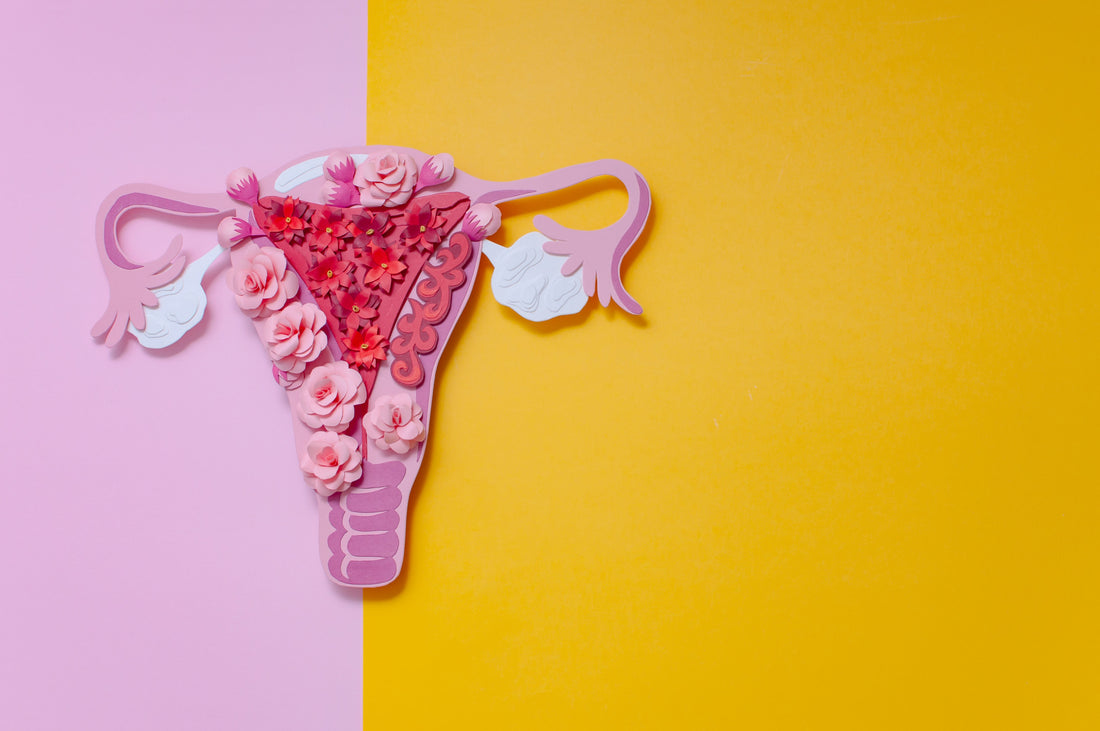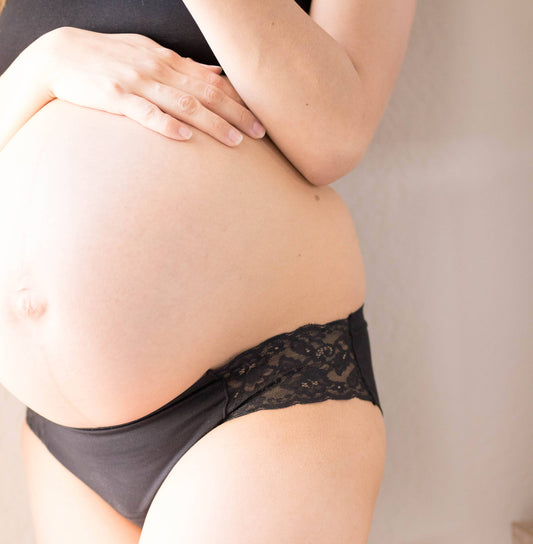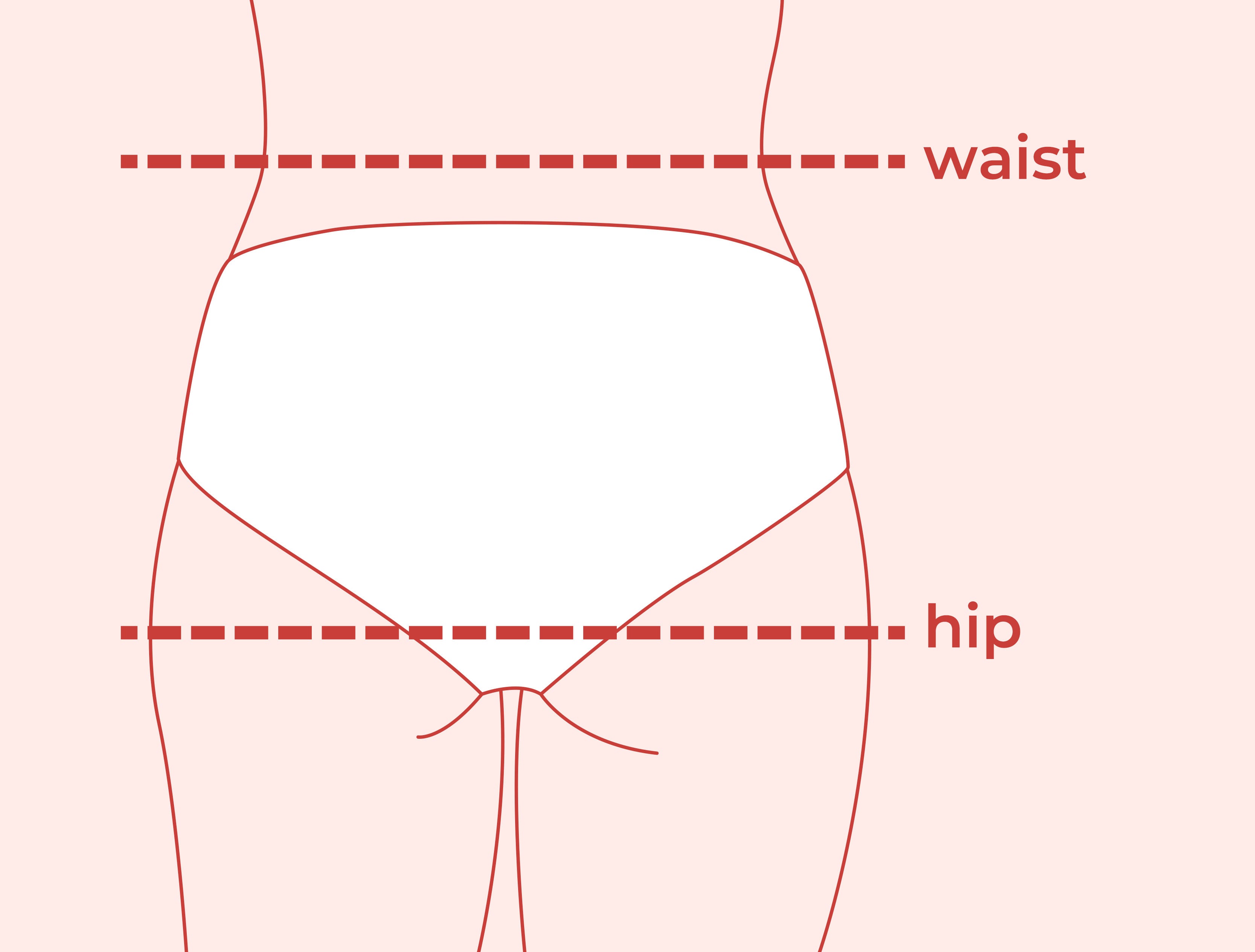Bleeding after menopause can undoubtedly catch you by surprise. If you’re reading this, you may be asking yourself: Is light spotting normal during menopause?
First, let’s start by talking about menopause. There comes a time in every woman’s life when periods stop. Most women experience the change between ages 45 and 55. After 12 months with no period, women have entered menopause. To confirm you’re in menopause, talk to your doctor - if you have not already. If you’ve been through the transition and are experiencing bleeding during menopause, also known as postmenopausal bleeding, you should talk to your doctor. In some cases, there may be no cause for concern, but this is not always the case. The best way to determine the cause is to seek a professional medical diagnosis. Bleeding after menopause is unusual, even if it only occurs once or twice. Keep reading to learn more about why you might be spotting after menopause.
Why light spotting occurs after menopause
Spotting in the days of having a period is not uncommon. Because of this, spotting might not have raised a high concern before. But now, that your days of having a period are over, and you’re experiencing spotting, you might be looking for an explanation. While spotting may not be a cause for concern in some cases, that’s not always the case. For an official diagnosis, talk to your doctor, even if you’ve only experienced spotting once or twice.
1. Changes to the uterine lining: Thinning or thickening of the uterine lining in postmenopausal women can cause spotting.
- Thinning of the uterine lining): This is when the tissue that lines your uterus is thinning due to low hormone levels after menopause. Typically, bleeding would occur if the lining gets too thin.
- Thickening of the uterine lining): Thickening of the uterine lining may occur if you have too much estrogen and too little progesterone. The endometrium can get thicker and bleed.
2. Polyps: Uterine polyps or endometrial polyps occur when cells lining the uterus are overgrowing. Polyps can cause bleeding after menopause, but can also affect women with periods, too.
3. Thinning of vaginal tissue (vaginal atrophy): As previously mentioned, your hormone levels can change after menopause. One of the things that may occur is vaginal walls becoming dry, thin, or inflamed due to low estrogen levels.
4. Medications: Some medications, such as hormone therapy, can cause postmenopausal bleeding.
Is light spotting normal after menopause?
You may be wondering if light spotting is normal after menopause. In short, the answer is no—it’s not considered normal to experience spotting of any nature after menopause. While some causes may turn out to be harmless, some spotting or bleeding after menopause can be quite serious. It may feel instinctual to brush off occasional spotting but don’t ignore it, as it may be caused by something you would not want to ignore.
What does postmenopausal light spotting look like?

Just as the causes for postmenopausal spotting range, what it looks like may vary, as well. If you are experiencing spotting, it can range from a lighter pinkish-gray color all the way to what seems like a period all over again. Regardless of what your spotting looks like, your healthcare provider will likely want to do some form of exam to rule out the more serious causes of the bleeding.
Can stress cause spotting after menopause?
Physical and mental stress can impact our bodies in so many ways, even postmenopause. Physical and mental stress can influence spotting or bleeding, just as it would during a normal menstrual cycle. However, some believe that physical stress is not linked to bleeding after menopause. It’s always health conscious to reduce stress, and talk to your doctor if stress is impacting your overall well-being.
When should you be concerned about spotting after menopause?

Maintaining good health is a top priority. If you ever feel as if something is not right, whether symptoms have surfaced or not, speak up. While some may say nothing is wrong, if you feel otherwise, continue to advocate for yourself. If you are spotting after menopause, you should seek an opinion from your doctor, even if it’s only happened once or twice. Vaginal bleeding after you have not had a period for 12 months or more than a year after beginning hormone replacement therapy can be signs it’s time to talk to your doctor.
Tips for managing postmenopausal light spotting
So, you are experiencing postmenopausal light spotting—what do you do? First things first: stay calm, but don’t ignore it. Set up time to talk with your doctor, and use your judgment to determine how soon that conversation should happen. When making your appointment, provide the scheduler details so he or she can determine how quickly you should be seen.
From spotting to bladder leaks, postmenopausal women might still need leakproof protection. Our leakproof underwear is designed to protect against all kinds of leaks. Made to look and feel like your basics, wearing our leakproof underwear is no punishment. Our buttery-soft ,and moisture-wicking underwear can keep you cool and dry down there. Give yourself the gift of peace of mind as you navigate life postmenopause, a new journey that might not be so different from the last one.
The Last Word
You thought your days of bleeding were over, and suddenly you’re experiencing spotting. It’s easy to be alarmed, but it’s important to stay calm. Postmenopausal bleeding can be very serious, but can also be caused by something completely harmless.
While you will want to get medical attention if needed, you may also seek protection in the interim, even if the spotting has stopped. Try our leakproof underwear for protection day or night. Available in various absorbencies and styles, our expertly designed leakproof underwear are designed to move with your body while protecting against all kinds of leaks. They look and feel just like your basics (or maybe better.. Shop Proof® today!
Related Posts
Sources:
Flo. What causes spotting? The lowdown on bleeding between periods,
https://flo.health/menstrual-cycle/health/symptoms-and-diseases/what-is-spotting#:~:text=%E2%80%9CIt%20is%20very%20normal%20for,end%20of%20a%20period%20too.%E2%80%9D
National Institute On Aging. What Is Menopause?
https://www.nia.nih.gov/health/menopause/what-menopause
Cleveland Clinic. Postmenopausal Bleeding,
https://my.clevelandclinic.org/health/diseases/21549-postmenopausal-bleeding
WebMD. Postmenopausal Bleeding,
https://www.webmd.com/menopause/postmenopausal-bleeding
Mayo Clinic. Uterine Polyps,
https://www.mayoclinic.org/diseases-conditions/uterine-polyps/symptoms-causes/syc-20378709
ACOG. Bleeding After Menopause Could Be A Problem: Here’s What To Know,
https://www.acog.org/womens-health/experts-and-stories/the-latest/bleeding-after-menopause-could-be-a-problem-heres-what-to-know#:~:text=Postmenopausal%20bleeding%20can%20range%20from,if%20this%20happens%20to%20you
Mayo Clinic. Stress Management,
https://www.mayoclinic.org/healthy-lifestyle/stress-management/in-depth/stress-symptoms/art-20050987#:~:text=Stress%20symptoms%20can%20affect%20your,%2C%20stroke%2C%20obesity%20and%20diabetes
Dr. Andrew Kminsky. Can Stress Cause Postmenopausal Bleeding?,
https://www.toplinemd.com/andrew-krinsky-md/stress-postmenopausal-bleeding/#:~:text=Stress%20%E2%80%93%20both%20physical%20and%20mental,impact%20a%20normal%20menstrual%20cycle









